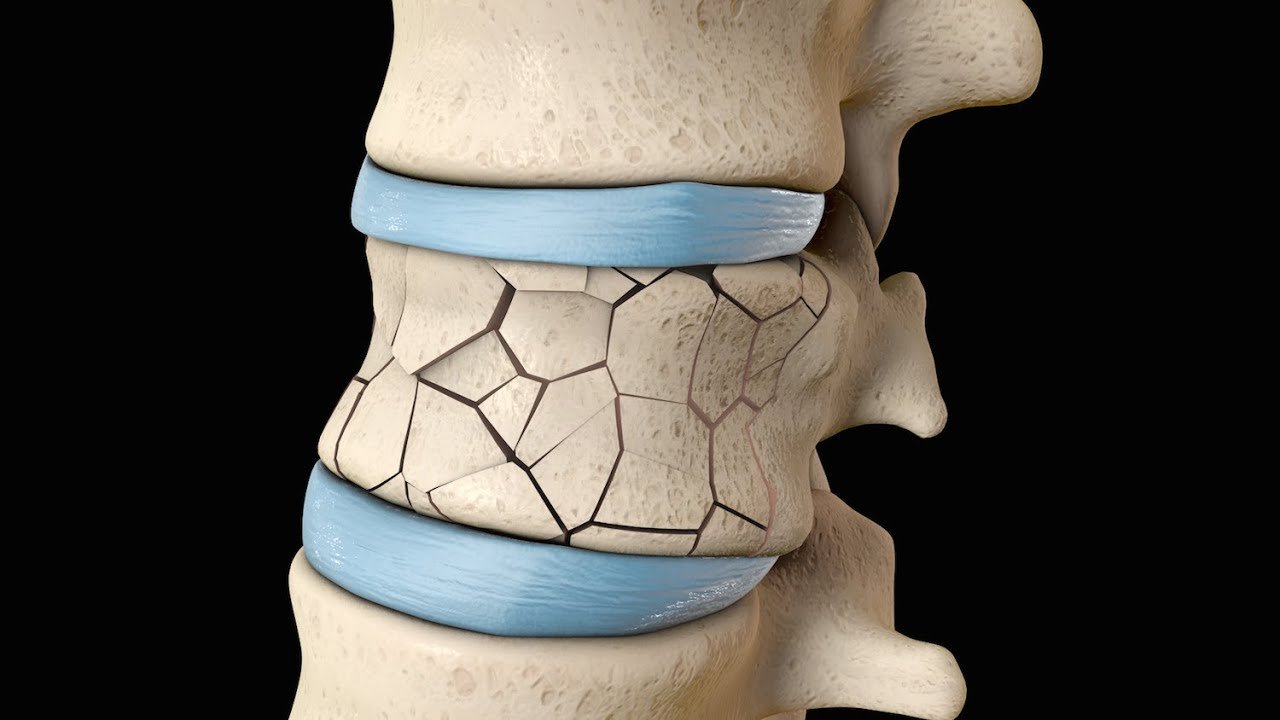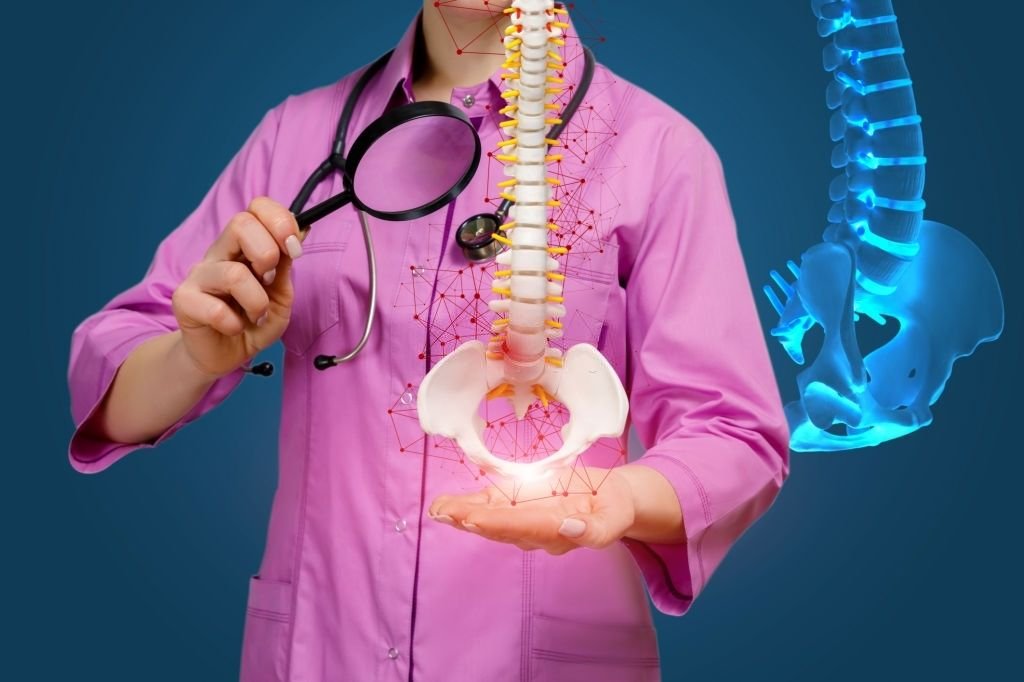A compression fracture is one of the most common types of fractures that can affect your vertebrae. The vertebrae are bones found in your back stacked on each other to form your spine. Your spine plays a vital role in supporting your weight, facilitating movement, and protecting the spinal cord and the nerves that connect it to the rest of the body.
When you experience a compression fracture, it can cause the vertebrae to collapse, making them shorter. It also causes the bones to pressure the spinal cord and surrounding nerves reducing the amount of oxygen and blood going to the spinal cord. When you suffer a compression fracture, you should seek immediate medical attention from a doctor specializing in treating a compression fracture in Shrewsbury.

Causes of Compression Fracture
Osteoporosis is the common cause of compression fractures among most patients across the world. It is a type of bone loss that makes the bones brittle, causing them to break easily. Other conditions that can cause compression fractures include injuries sustained through sports and accidents and tumors growing in the spine. The tumor can start growing in the vertebrae, but you must spread to the vertebrae from a different part of the body.
Who Can Suffer a Compression Fracture?
Since osteoporosis is the most significant cause of compression fractures, preventing and treating the condition is the most effective way to reduce your risk for compression fractures. In most cases, women suffer compression fractures due to osteoporosis, with most cases coming after menopause.
Older men also have a higher risk for osteoporosis and compression fractures. Suppose you have had a compression fracture due to osteoporosis before. In that case, you are also more likely to develop another compression fracture than a patient who has not had one before.
Symptoms
You may not experience any symptoms during the early stages of a compression fracture. A medical doctor can identify compression fractures through X-rays even when you have to do one for a different reason. In the advanced stages, you may experience various symptoms, including:
- A back pain that gets worse gradually but gets better when you lie on your back and becomes more severe while standing.
- Decreased height
- Reduced movement in the spine. You can have a hard time twisting or bending.
- A stooped-over posture is referred to as kyphosis. When you suffer a compression fracture, the front side of your vertebrae loses height, but the rear side remains the same, causing you to stoop forward over time.
- Numbness, weakness, or tingling in the muscles
- Trouble walking
- Difficulty controlling your bladder or bowels due to nerve damage
If you develop a compression fracture suddenly, you may experience severe, sudden back pain that can make it difficult for you to handle your normal day-to-day activities.
To summarise, compression fractures are the most common type of factor that affects the vertebrae. Osteoporosis is the common cause of compression fractures, but they can also result from injuries to the spine during accidents or sports and streamers that grow in the spine. Common symptoms include back pain that worsens gradually, trouble walking, reduced range of motion in the spine, and a stooped-over posture or kyphosis.











